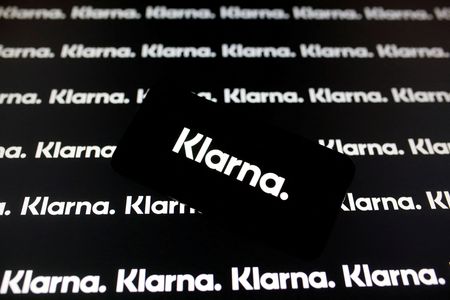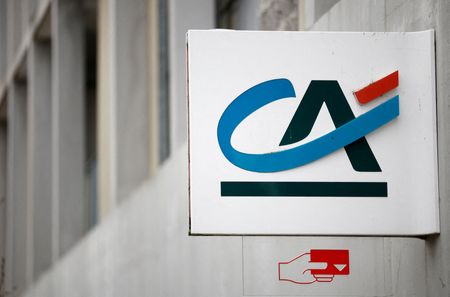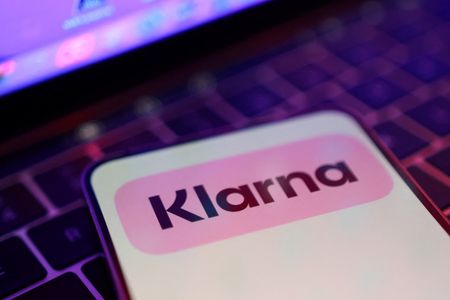By Hannah Lang
(Reuters) -The long-awaited New York listing of Stockholm-based buy now, pay later (BNPL) giant Klarna on Wednesday has once again shone a spotlight on the installment plans which have ballooned in popularity among U.S. shoppers in recent years.
BNPL exploded as the COVID-19 pandemic forced more shoppers online, driving $82.4 billion in online spending in 2024, up 9.9% from 2023, according to Adobe Analytics.
Klarna and other BNPL providers like Affirm boost shoppers’ purchasing power by lending them the money upon checkout, which they repay in installments spread over as many as 36 months, although the most common products are four-installment payment plans.
Because most BNPL providers do not report their loans to the credit reporting agencies, comprehensive data on BNPL delinquencies is scant.
The Financial Technology Association, which counts five BNPL lenders among its members, reports less than a 2% delinquency rate among those companies compared to more than 7% for credit cards, according to the Federal Reserve Bank of New York.
Klarna says it has a 99% global repayment rate for its products. Afterpay, which is owned by Block, reported that 96% of its customers paid all of their installments on time during the second quarter of 2025.
For the three months ended June 30, 2025, Affirm said 2.3% of its monthly loans were delinquent by more than 30 days.
Here are five charts illustrating how BNPL is used:
SHARE OF ONLINE SPENDING
Consumers spent more than $696.2 billion online from January through August this year, with $56.3 billion of that coming from BNPL purchases, according to Adobe Analytics. That’s up 8.1% from the same period in 2024.
ON-TIME PAYMENTS
Most BNPL users make their full payment on time, according to the Federal Reserve Bank of Philadelphia. Still, between the last three months of 2023 and the last three months of 2024, the number of “pay-in-four” users who made all scheduled payments on time decreased one percentage point.
AVERAGE MONTHLY PAYMENT
Fifty-seven percent of BNPL users in 2025 reported having an average monthly payment of $100 or less, according to The Motley Fool, a research firm. In contrast, Experian reported that the average monthly credit card payment was $181 in the first quarter of 2025.
Only 1% of BNPL users had an average monthly payment of more than $1,000, according to The Motley Fool.
USES ACROSS GENERATIONS
Shoppers considered Millennials and Generation Z are more likely to consider using BNPL for everyday purchases, according to 2024 data from PYMNTS Intelligence, a news provider focused on payments. Meanwhile, the majority of Baby Boomers and seniors said that they would not use BNPL for everyday purchases.
CREDIT SCORES
BNPL products attract a larger share of users whose credit scores are subprime (between 580 and 619) or near prime (between 620 and 659), but about half of BNPL applicants have credit scores that are either near prime or prime (above 660), according to a 2023 LexisNexis Risk Solutions report, the most recently available.
Because many BNPL lenders do not provide data to credit reporting agencies, consumer advocates have warned that BNPL debt is a blind spot for regulators, other lenders and BNPL lenders themselves, and lacks consumer protections.
Last year, the CFPB began requiring BNPL providers to investigate consumer disputes, refund products that have been returned and provide periodic billing statements. The Trump administration has since revoked this rule.
(Reporting by Hannah Lang in New York; Editing by Michelle Price and Andrea Ricci)










